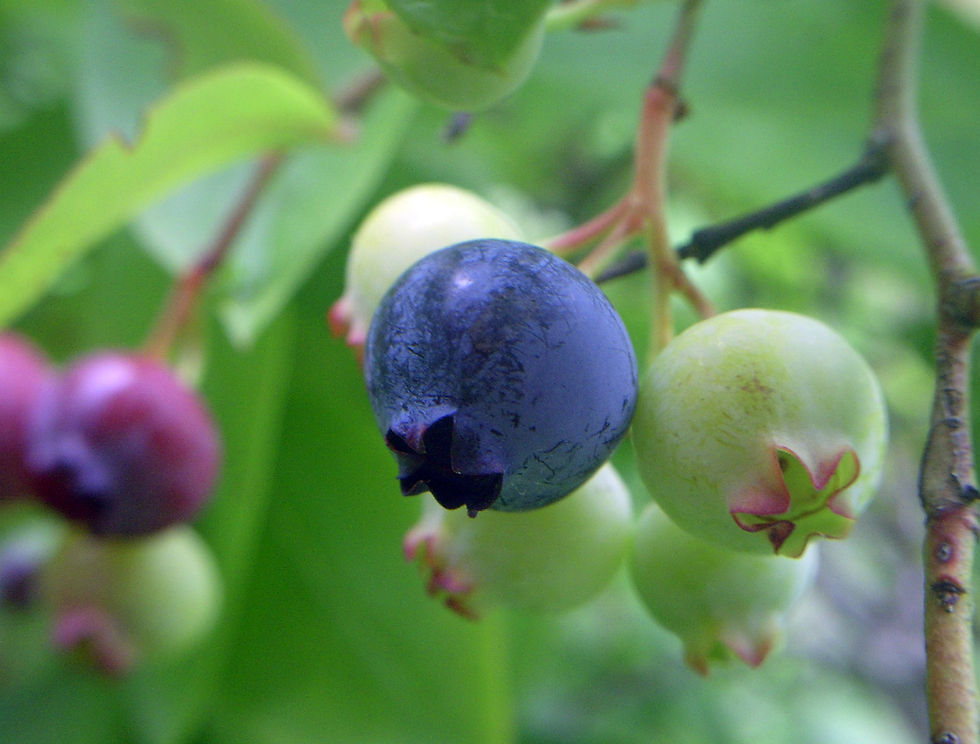Fall Color
- Jennifer Anderson

- Oct 31, 2022
- 2 min read
Updated: Jan 3, 2023
Every season is thrilling in my garden and at my farm, now with the blazing colors of fall. Everywhere I look I see deep reds, purples, bright oranges, pinks and even shining yellows. Fall colors definitely rival those glorious spring blooms. Color and beauty year-round is my goal, and I know many of you share that ambition.
Here are a few of my fall favorites.
Mountain Gordlinia

Usually, when we think about planning for our garden, we think about spring blooms and fall color. This lovely tree, Mountain Gordlinia, xGordlinia grandiflora, might have you wondering whether it's spring or fall! A cross between two native trees, Mountain Gordlinia provides white, camellia-like blooms when you'd least expect it, and those late-summer flowers persist into November as the leaves turn glorious shades of red. Good-bye Crape Myrtle!
Pin Oak

Oaks not only support more caterpillars (bird food) than any other native tree, look at the fall colors on this Pin Oak (Quercus palustris, above). Pin Oak is a gloriously beautiful native shade tree with deep, rich fall reds and lovely, pyramidal branching.
Fothergilla 'Mt. Airy'

Fothergilla (Fothergilla x 'Mt. Airy') is almost a perfect garden plant. It gets about 4 feet tall and wide, and it has beautiful spring blooms, blue-green summer foliage and some of the most beautiful fall leaves of all the natives. An all-around great garden shrub.
Blackgum, or Tupelo

Nyssa sylvatica, with its graceful, horizontal branches, offers superior fall color, with its dark glossy green leaves turning scarlet, red and orange as the cool weather sets in.
Tupelo is one of the first trees to turn color, alerting the birds of the tasty, ripe blue-black fruits hiding in the foliage.
Fragrant Sumac

Last fall, in the Berkshires, the colors were as striking as ever! I thought sure it was the sugar maples. It was the sumacs! These guys shine in the fall. The leaves of Fragrant Sumac (Rhus aromatica, above) blend in a kaleidoscope of oranges, purples and reds, all on the same plant. As if that's not enough, the fall berries are bright red, dancing on top of the stems. Sumacs look best when allowed to colonize, although you can train a sumac to grow as a single-trunk, small tree. :)
Thank you for reading, and see you at the farm!





Comments